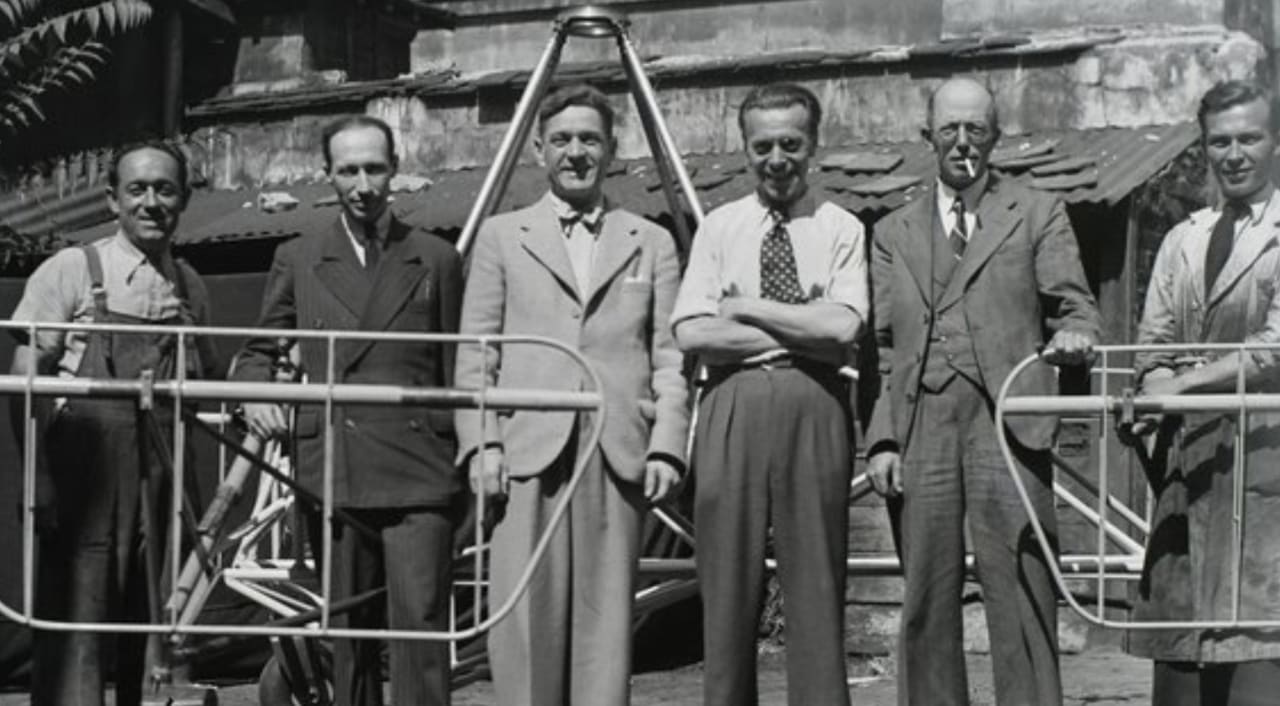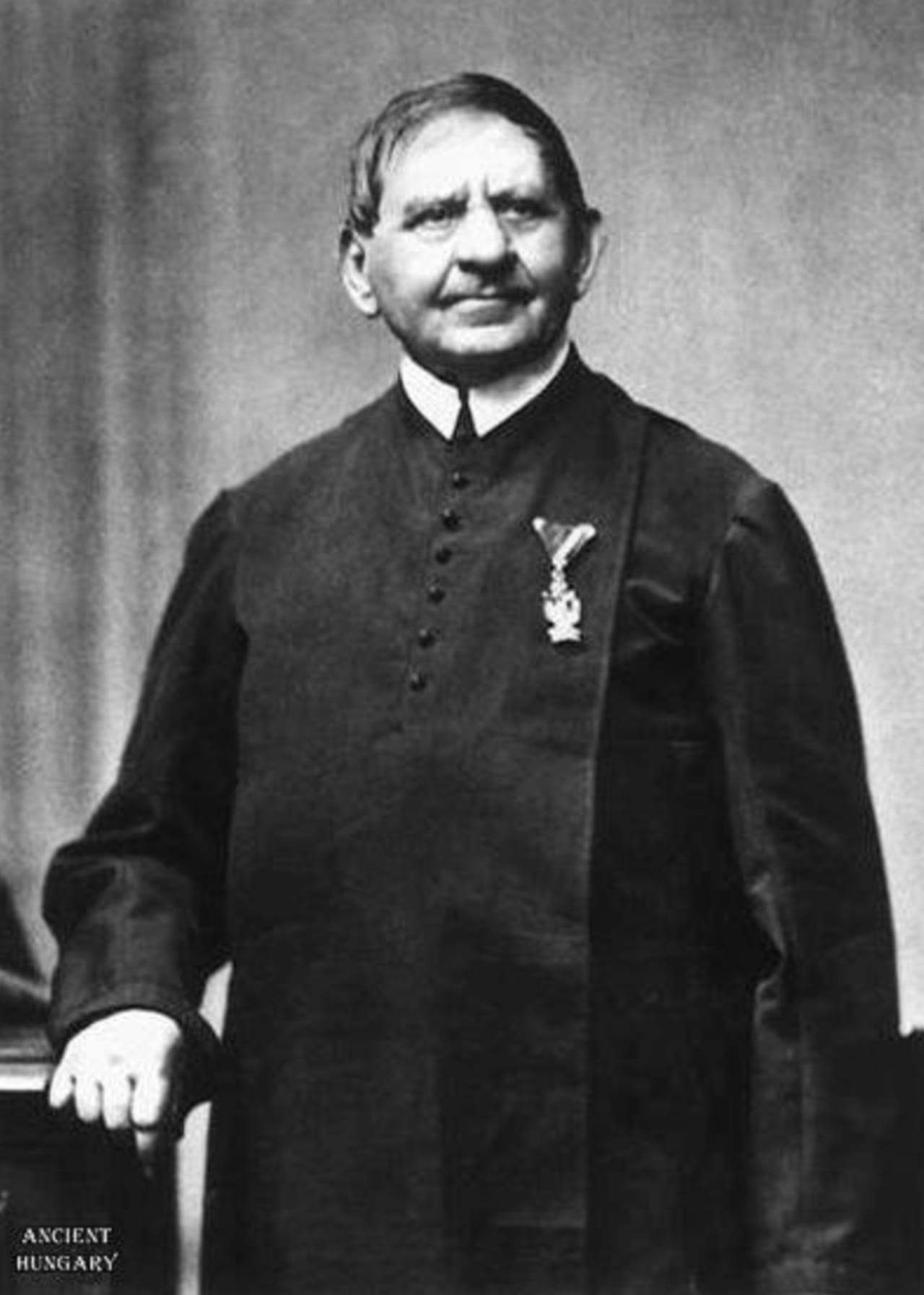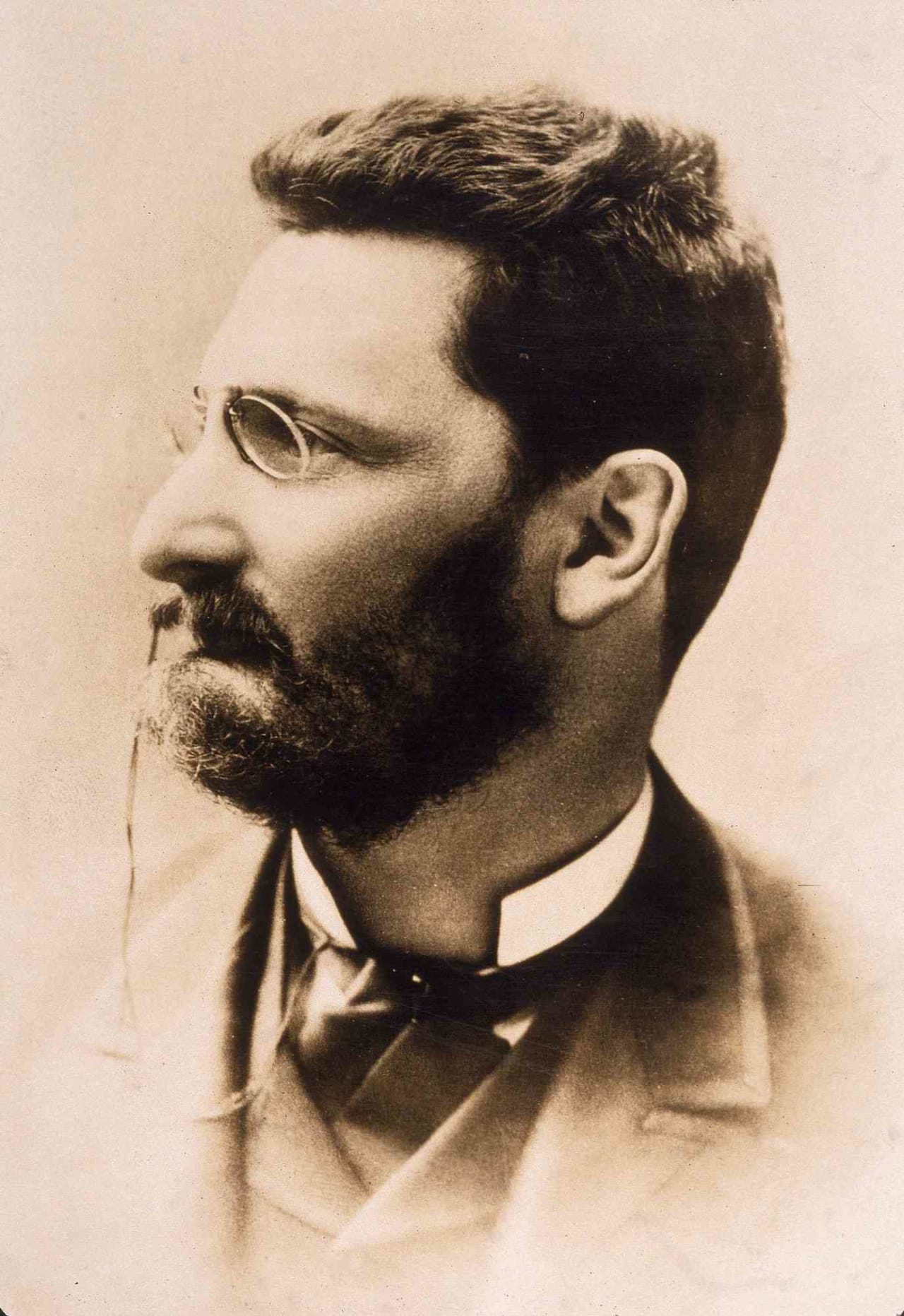You’ll hear the term Hungarikum mentioned in articles relating to Hungary
It’s actually a collective term indicating its values and distinction within a particular area of Hungarian culture. It was organized in the first part of the millennium in order to give a legal framework to Hungarian people to identify their own values, but even more importantly, to contribute to the promotion of collected values. This was established in law by the Hungarian government on April 2, 2012 through the Act of Hungarikum.
Hungarikum classifies areas in Hungarian culture - through committees formed by the government - that are worthy of special or unique distinction There are five committees in total that determine areas of distinction in Hungarikum at the local, regional and national level.
... the lovely Hungarian Vizsla dog is also one.
For another example, classical Hungarian saber fencing is unique to Hungary. János Kurti, who invented a way to repair faulty magnetic data storage media and archive its data, is noted for being the first to do this. In the food and beverage realm, there is the famous Hungarian goulash soup and, of course, pálinka is distinct in this area, as well. These are just a few of Hungary’s “claims to fame” and distinct from other nations and cultures.
Hungary has made an impact on the world with a number of interesting innovations. Some of these include

While many others were working on this at one time, in 1928 Hungarian Oszkár Asboth is credited with inventing one of the first.
While Henry Ford is recognized for inventing the assembly line method of building automobiles, it was Hungarian-American Anyos Jedlik who designed the Model T, as well as being a co-developer of the assembly line.

Peter Károly Goldmark invented this technological game-changer in 1940.
This rudimentary computer language was co-invented by Janos Kemeny in 1964.
The process of creating 3D images was created by Denes Gabor who won a Nobel Prize in Physics for this in 1971.
Nobel Prizes have gone to 12 Hungarians. In fact, Hungary has one of the highest Noble Prize Winners per capita... if not THE highest.

This famous award in journalism was founded after its namesake, Joseph Pulitzer who was Hungarian.
For more information on Hungarikum, visit http://www.hungarikum.hu/en







